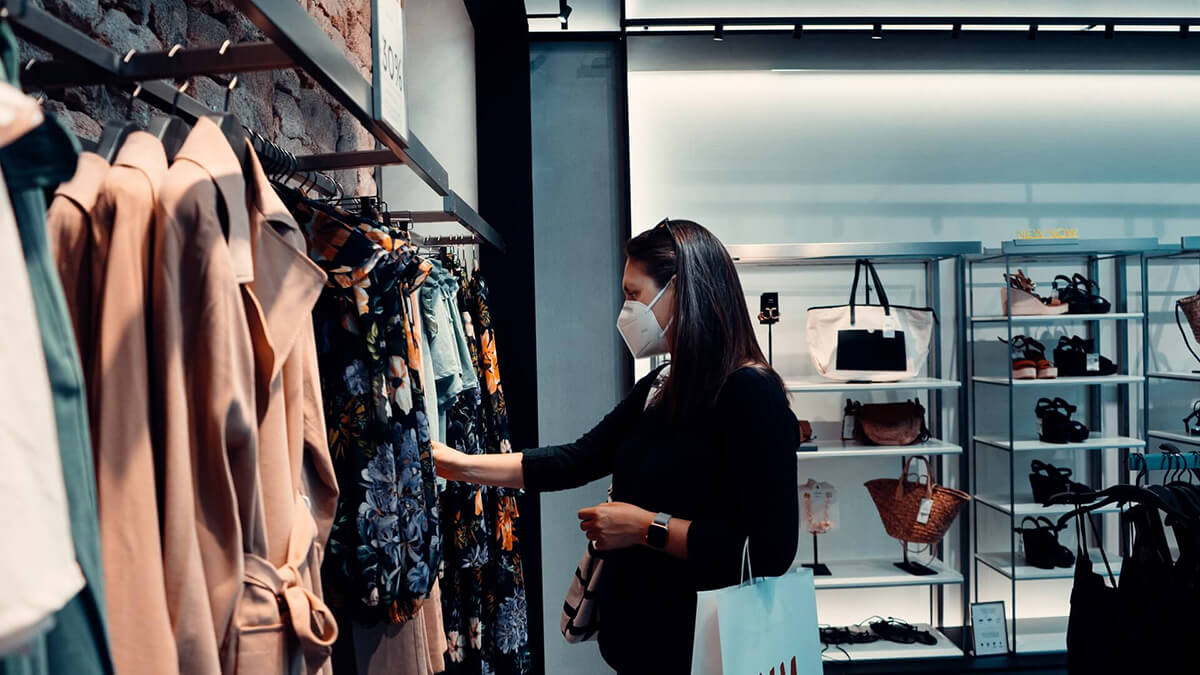Back-to-school shopping is going to cost a little bit extra this year.
Apparel prices are on the rise. Since June of last year, the consumer price index for apparel rose 4.9%. The cost of men’s apparel increased by 1.5%, while women’s apparel prices saw a 5.3% boost. There were a few in-demand items that experienced the biggest increase, including women’s dresses, men’s pants, and outerwear. According to the consumer price index, women can expect to pay around 15.8% more for a dress, men will pay around 11.1% more for a pair of pants, and both will pay 8.4% extra for a winter coat this coming season.
Certain factors, which I’ll get to later, have also influenced the cost of other clothing items as well. As consumers continue to work remotely and spend more time at home, athleisure wear is becoming a hotter commodity. Apparel like hoodies, sweaters, sweatpants, leggings, and cardigans will all cost more this year, and just in time for fall and winter. The same factors that have inflated athleisure wear prices have deflated formal and office attire. Suits and dress trousers are at their lowest price point in a little over two years.
So, what’s been causing fashion’s recent price inflation? There are a few factors, most of which are a by-product of the pandemic. Shipping setbacks, bottled-up consumer demand, wage increases, and government stimulus checks have all contributed to pushing prices higher. This dynamic could really change the economy in unimaginable ways.
After years of practically no price increases, this leaves many wondering if rising prices will deter consumers from shopping, which will be a detriment to retail brands. But this doesn’t seem to be the case.
In the first half of 2021, fashion retailer sales rose 7.4%, helping the industry to achieve a staggering $130.9 billion; it looks like the second half of the year will likely follow a similar pattern as well.
In the thick of the pandemic, luxury brands like Louis Vuitton, Chanel, and Gucci raised their prices on some of their most prominent items. While some consumers took to social media to complain about the higher price tags, these shoppers were in the minority. These luxury retailers are reporting record sales this year. And these brands aren’t the only ones who could stand to benefit from fashion’s price inflation.
Fast fashion and discount retailers who base their increase on a lower-price point will be in a good position, even if consumers have to tighten up their wallets a bit. The same is true for secondary fashion retailers who could see a spike in sales from first-time customers who typically only shop luxury brands but can’t afford to exclusively buy luxury products.
One thing is certain: fashion retailers are navigating a completely new landscape they’ve never experienced before. It’s important that brands understand how pricing structures have been altered so they can best align themselves with the competition, while also looking for opportunities to boost their profitability. But retailers don’t have to navigate this disruption alone. ApparelMagic can help with tasks like product and inventory management, which can help you with smarter style costing, understanding supplier and shipping costs, labor expenses, duties, and more.



